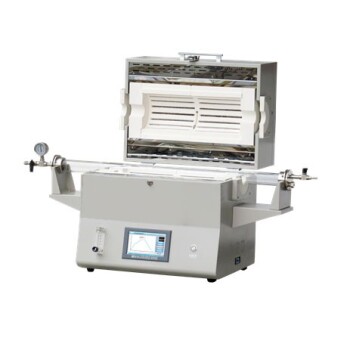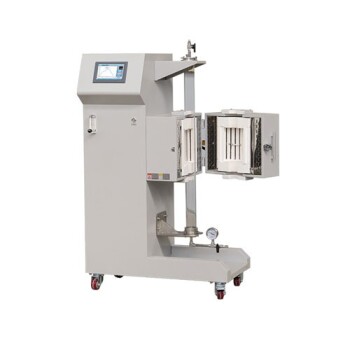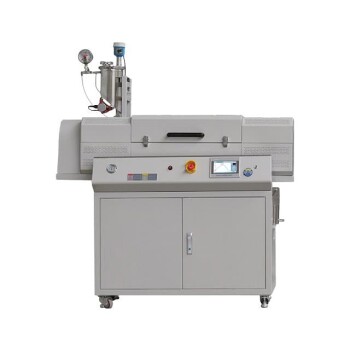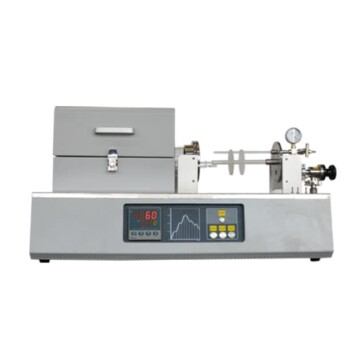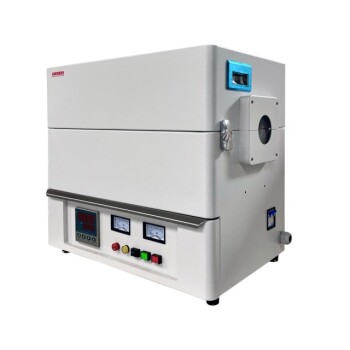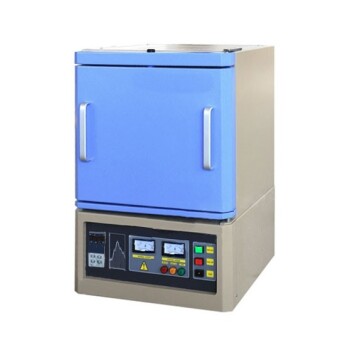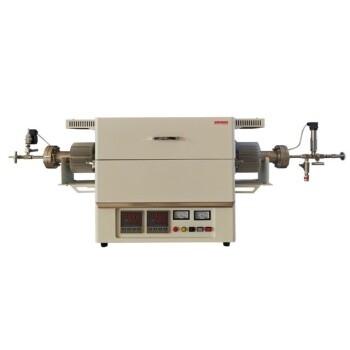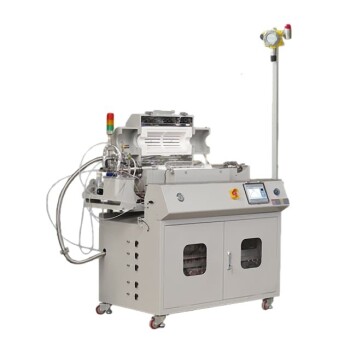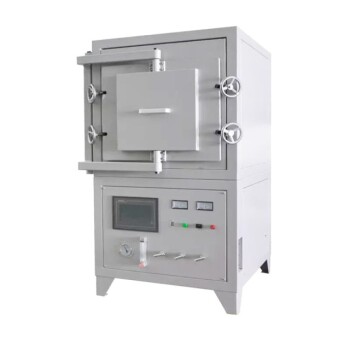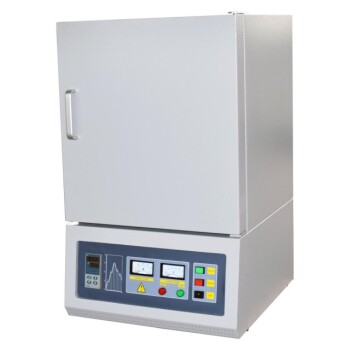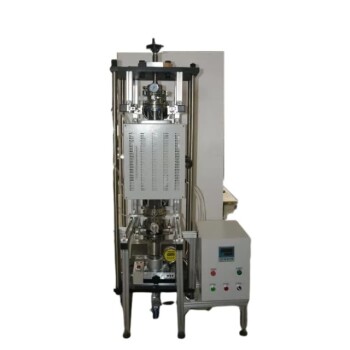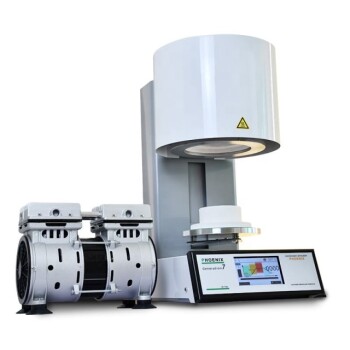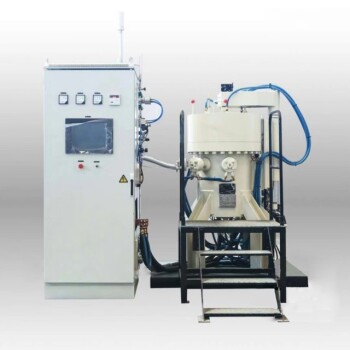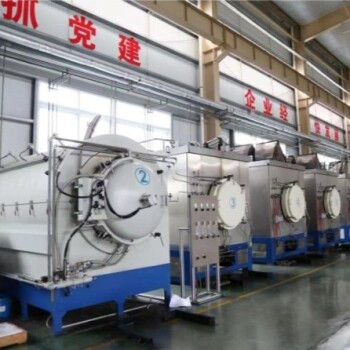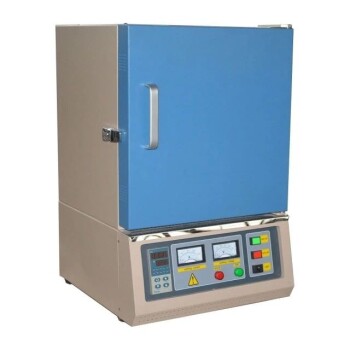At its core, the importance of pyrolysis lies in its unique ability to chemically decompose organic materials using heat in an oxygen-free environment. This process transforms low-value waste, such as plastics, tires, and biomass, into high-value products like fuel and industrial chemicals, fundamentally shifting waste from a liability into a resource.
Pyrolysis serves as a critical bridge between waste management and energy production. It offers a method to not only reduce landfill volume but also to create a circular economy by recovering energy and materials that would otherwise be lost.

How Pyrolysis Redefines 'Waste'
Pyrolysis is not incineration. Instead of burning waste, it uses heat to break it down on a molecular level, creating a new set of valuable outputs. This distinction is the source of its strategic importance.
The Fundamental Process: Decomposition Without Oxygen
The entire process occurs inside a sealed reactor. Waste material is heated to high temperatures, but the absence of oxygen prevents it from combusting.
Instead, the intense heat and pressure cause the large, complex molecules within the waste to "crack" or break apart into smaller, more stable, and often more valuable components.
From Landfill Burden to Valuable Feedstock
Pyrolysis provides a powerful solution for diverting significant waste streams from landfills. Materials like non-recyclable plastics, old tires, and agricultural waste can serve as ideal feedstock.
This directly addresses the environmental and spatial challenges of growing landfills while creating economic value from materials previously considered worthless.
Creating a Circular Economy for Materials
By breaking down materials like plastics and rubber, pyrolysis can recover their fundamental chemical building blocks. These can then be used to create new products.
This process reduces the need to extract and process virgin raw materials, such as petroleum, lowering the overall environmental impact of manufacturing.
The Three Key Products of Pyrolysis
The specific output of a pyrolysis system depends on the feedstock and process conditions (temperature, pressure, and time). However, the products fall into three main categories.
Bio-oil: A Liquid Fuel Alternative
Often called pyrolysis oil, this liquid is a complex mixture of organic compounds. It can be refined and upgraded for use as a biofuel, providing a potential alternative to conventional fossil fuels.
Syngas: A Versatile Gaseous Fuel
This product is a mixture of gases, primarily hydrogen and carbon monoxide. Syngas (synthesis gas) can be combusted to generate electricity or serve as a chemical precursor for producing other fuels and chemicals.
Bio-char: A Stable Solid Carbon
The solid residue left after the process is a carbon-rich material called bio-char. It has applications in agriculture for soil improvement and can also be used as a solid fuel or for carbon sequestration.
Understanding the Critical Trade-offs
While powerful, the effectiveness and safety of pyrolysis hinge on precise engineering and control. Misunderstanding these factors can lead to inefficiency and negative environmental outcomes.
The "No-Combustion" Rule: Oxygen Is the Enemy
The single most critical factor is maintaining an oxygen-free environment. This is typically achieved with a sealed reactor or by purging the system with an inert gas like nitrogen.
If oxygen enters the system, the process shifts from pyrolysis to combustion, which simply burns the material, releasing pollutants and failing to create valuable liquid or solid products.
Feedstock Complexity and Emissions Control
Real-world waste streams are rarely pure. A batch of plastic waste or natural gas contains multiple components, not just one type of molecule.
The process must be designed to effectively break down all components and capture or treat any potentially hazardous gases that are produced. Without proper control, pyrolysis can become a source of air pollution.
The Energy Balance Equation
Pyrolysis is often described as energy-efficient, but this is not guaranteed. The process requires a significant energy input to heat the reactor.
For a system to be truly efficient, the energy value of the biofuels and other products it creates must be greater than the energy consumed to run the process.
Making the Right Choice for Your Goal
Pyrolysis is a versatile technology, and its application depends on your primary objective.
- If your primary focus is waste reduction: Pyrolysis offers a direct and effective pathway to divert large volumes of organic and plastic waste from landfills.
- If your primary focus is sustainable energy: The process creates biofuels like bio-oil and syngas, providing tangible alternatives to conventional fossil fuels.
- If your primary focus is material circularity: Pyrolysis is a key enabler for recovering base chemicals from complex post-consumer waste, reducing reliance on virgin resources.
Ultimately, pyrolysis represents a pivotal technology in the transition toward a more sustainable and resource-efficient industrial ecosystem.
Summary Table:
| Key Aspect | Pyrolysis Contribution |
|---|---|
| Primary Benefit | Converts waste into valuable products (fuel, chemicals) |
| Environmental Impact | Reduces landfill waste and reliance on virgin materials |
| Key Products | Bio-oil (fuel), Syngas (energy), Bio-char (soil/carbon) |
| Critical Factor | Requires an oxygen-free environment to prevent combustion |
Ready to integrate pyrolysis technology into your operations? KINTEK specializes in advanced laboratory equipment and consumables for process development and analysis. Whether you are researching feedstock efficiency, optimizing product yields, or ensuring emissions control, our solutions provide the precision and reliability you need. Contact our experts today to discuss how we can support your specific laboratory needs in waste valorization and sustainable energy.
Visual Guide

Related Products
- Rotary Tube Furnace Split Multi Heating Zone Rotating Tube Furnace
- Vacuum Sealed Continuous Working Rotary Tube Furnace Rotating Tube Furnace
- 1700℃ Laboratory Quartz Tube Furnace with Alumina Tube Tubular Furnace
- 1400℃ Laboratory Quartz Tube Furnace with Alumina Tube Tubular Furnace
- Vertical Laboratory Quartz Tube Furnace Tubular Furnace
People Also Ask
- What is the process of zirconium production? From Ore to High-Performance Metal & Ceramic
- What are the advantages of a rotary furnace? Achieve Superior Homogeneity & Efficiency for Powders & Granules
- What are the advantages and disadvantages of rotary furnace? Maximize Uniformity & Efficiency in Thermal Processing
- What are the typical heating zone configurations and maximum temperature capabilities of tube furnaces? Find the Right Setup for Your Lab
- At what temperature does wood pyrolysis begin? Control the Process for Biochar, Bio-Oil, or Syngas



